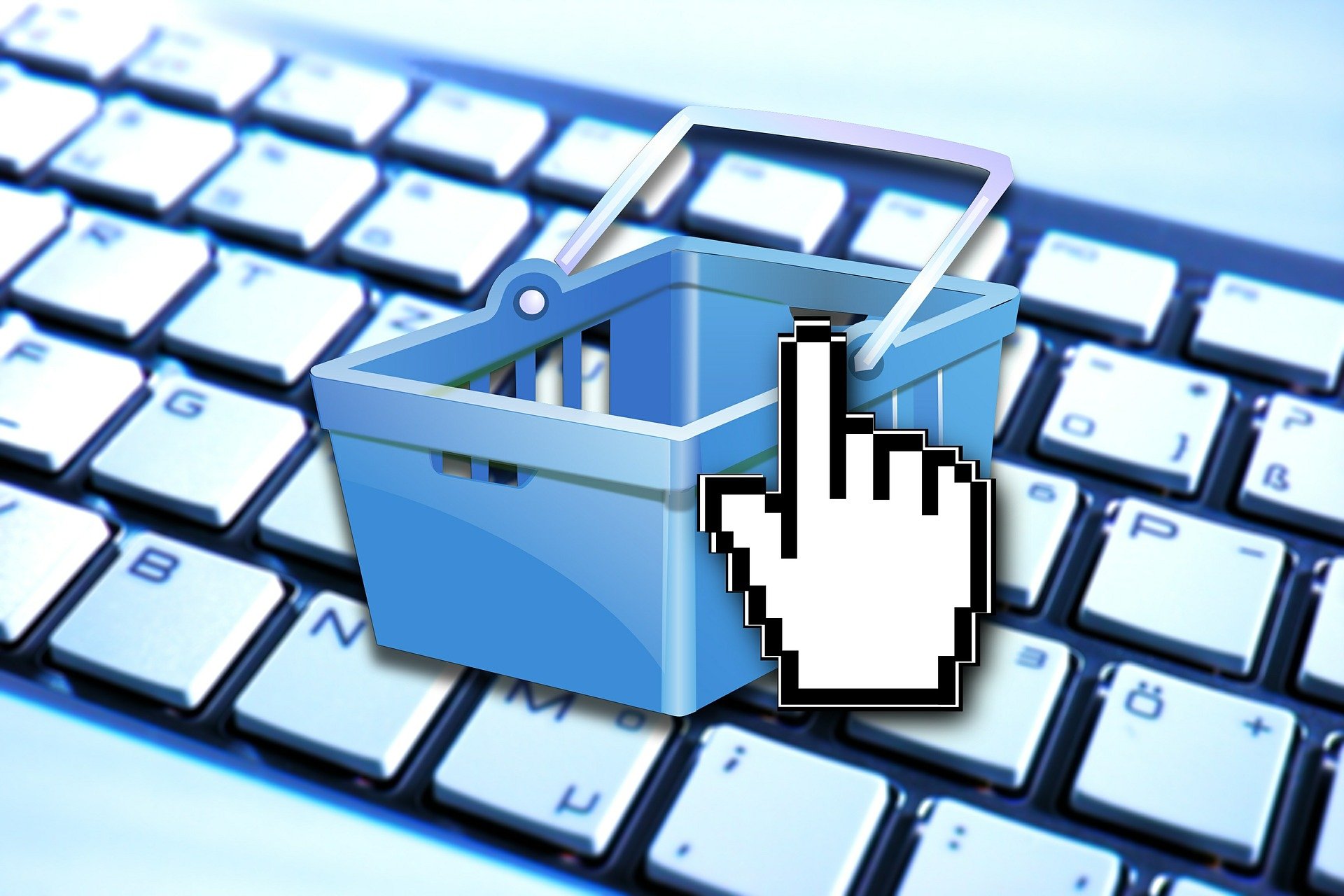The Future of Retail: all insights from the Shopify report
Written by
Kinga EdwardsPublished on

As brands expand into offline channels, retailers must focus on creating engaging and memorable experiences to win foot traffic. As a result, businesses need to improve their omnichannel strategy to deliver a seamless shopping experience across channels. In addition, retailers need to adapt if they hope to attract and retain happy, engaged, and eager employees to meet customer expectations. Therefore, new strategies are necessary for retailers to thrive in this environment.
That’s why we’re discussing the future of retail. The Shopify report’s global data-backed insights provide information into what to expect in 2022 and the strategies and products your business needs to succeed.
Let’s meet the retail trends, insights, and advice you need to succeed in 2022
Digitally native brands boost retail competition
There is a rise in in-store shopping again, and consumers are looking for in-person experiences. According to the study, 32% of the responding brands plan on establishing or expanding their use of pop-ups and in-person experiences in the next year, while 31% plan to establish or expand their physical retail footprints.
Offering experiential retail is a top priority for 40% of brands in the next year, and 32% of consumers say they will engage with it.
source: The future of commerce, the Shopify report
Because of increased competition in physical retail, brands must create unique experiences to stand out. Furthermore, digitally native brands might have an advantage when it comes to experiential retail since they will build experiences as an extension of their already-established online reputations and communities.
source: The future of commerce, the Shopify report
What should retailers do?
Every retailer should use online shops to test consumer demand for physical retail. Also, they should invest in creating unique in-store experiences to build brand affinity. What’s more, they can use customer profiles to offer personalized recommendations.
The next level of omnichannel shopping
The line between online and in-store purchases is blurring. In 2022, 54% of consumers are likely to look at a product online and buy it in-store, while 53% are likely to look at a product in-store and buy it online.
We changed the way we shop, so our expectations have changed too. All buying journeys are multifaceted, and they can start and end on any channel. For example, 55% of consumers want to browse products online and see locally available. For this reason, 43% of brands will focus on showing available inventory in nearby stores over 2022. It is also widespread for customers to check out online but return products to a physical store or look at a product in-store and purchase it online.
source: The future of commerce, the Shopify report
Additionally, brands will be challenged by higher customer expectations, more pressure, and the need to switch to a retention mindset. 49% of brands report that breaking down organizational silos between digital and physical stores will be one of their biggest challenges over 2022.
So yes, retailers plan to increase their investments in digital channels. According to 49%, they will spend more on their company-owned online store and social commerce, 46 percent on a custom mobile app, and 44 percent on livestreaming.
What should retailers do?
Retailers should turn their retail store into a showroom to improve brand discovery and awareness. They should also unify their customer and product data to provide a consistent customer experience across channels.
The role of retail staff
Customer engagement will go beyond traditional in-person interactions. Store employees should act as experience hosts, providing virtual shopping, live chat, and appointment shopping options. According to 39% of retailers, they are investing in improving the tools and technologies employees use on a daily basis. Among these are tools and apps for managing virtual selling, staff shifts, and live chat.
source: The future of commerce, the Shopify report
If brands want to succeed in an increasingly crowded retail market, they must figure out how to overcome staffing challenges. Finding and retaining employees will be difficult if retailers don’t reimagine the staff’s role.
And although stores have immense popularity, retailers will continue to struggle with the fallout from pandemic-induced layoffs. Hiring and retaining employees is likely a top challenge for 49% of brands.
Yet all efforts will pay off because loyal customers result from happy and engaged employees. In the last year, 58% of consumers purchased from a particular brand because they could easily reach customer service. And because consumers purchase from a particular brand due to excellent customer service, retailers who invest more in their employees will win more customers.
source: The future of commerce, the Shopify report
What should retailers do?
Retailers should create more specialized roles and increase employee compensation. They also can make sure they’re providing a healthy work environment for employees.
Last words
In 2020, the retail industry underwent massive changes. Now that parts of the world are opening up and consumers are eager to shop in person, they expect the purchasing experience to be the same online and offline.
Retailers need to know the most important trends to keep up with or even stay ahead of the competition. Therefore, this article provides essential information based on data compiled by Shopify that any retailer will find useful. And if you are looking for more reports, be sure to visit our blog!


